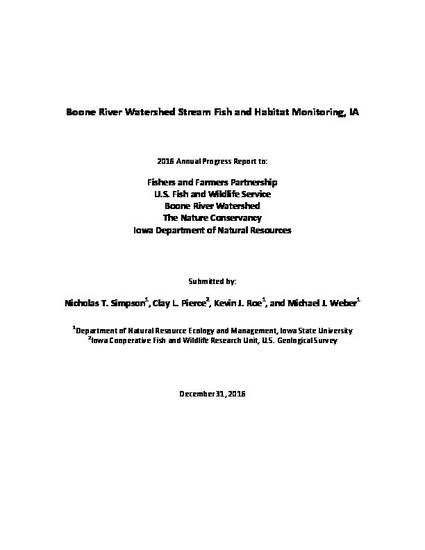
Historically, Iowa’s landscape consisted of prairies, forests, and wetlands with meandering streams integrated throughout (Hewes 1950). The arrival and subsequent settlement of European immigrants began a long process of altering the landscape to help meet human needs. Cultivating row crops in Iowa became a popular and successful venture for many as the flat, fertile ground of the Midwestern United States provided a great opportunity for farmers (Easterlin 1976). Early Iowa farmers began to drain wetlands, cut down forests, remove prairies, and replace them with crop fields (Gallant et al. 2011). As the technology of farming practices improved and operations became larger, streams were altered to aid in irrigation, removal of excess water from fields, and flood control (Iowa Department of Natural Resources 2015b). Portions of streams that once meandered through the forest were straightened and redirected between crop fields. Across Iowa, fast moving riffles and slow pools were replaced by stretches of run habitat (Iowa Department of Natural Resources 2015b). These habitat alterations negatively impacted many fish species (Hughes et al. 1990; Gallant et al. 2011).
Available at: http://works.bepress.com/clay_pierce/55/
